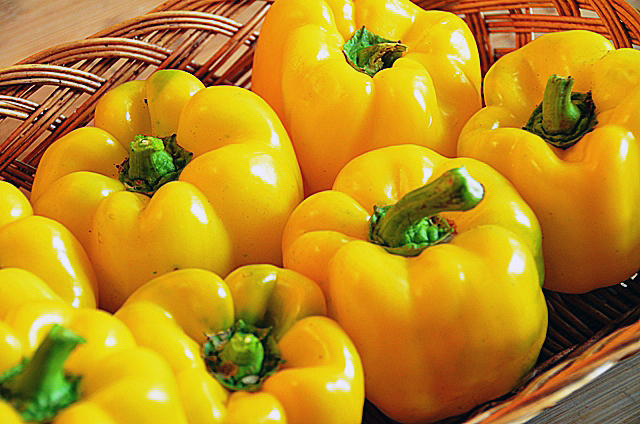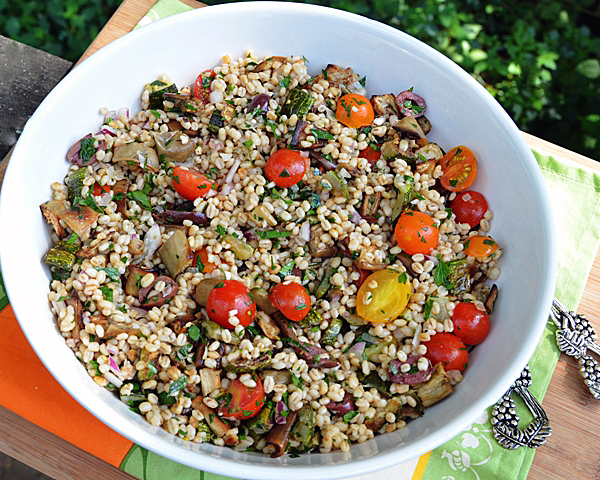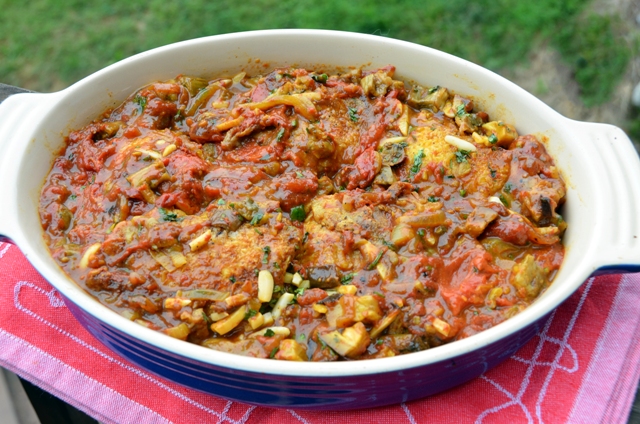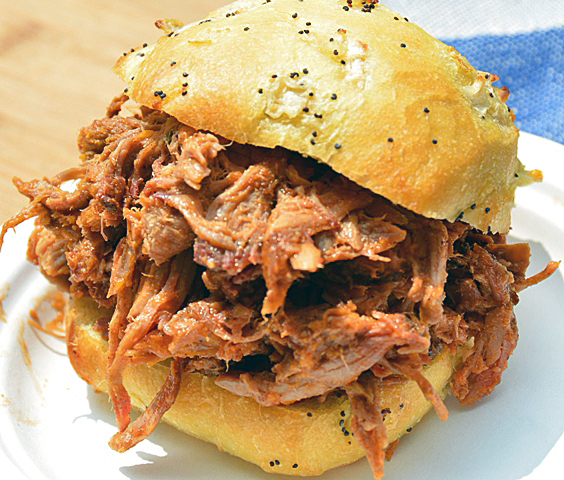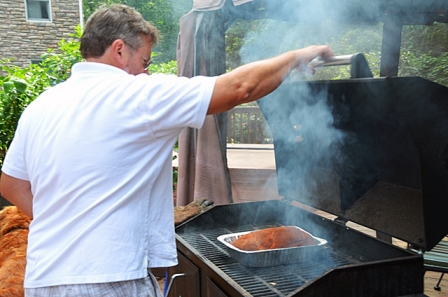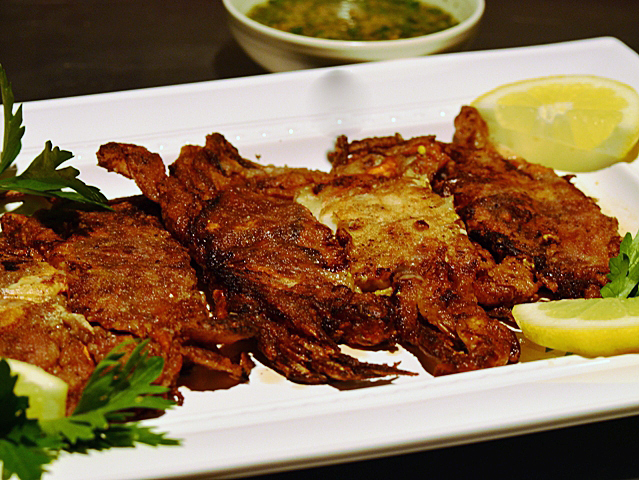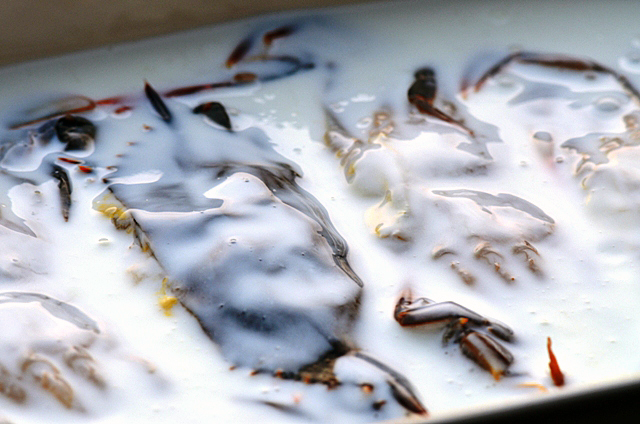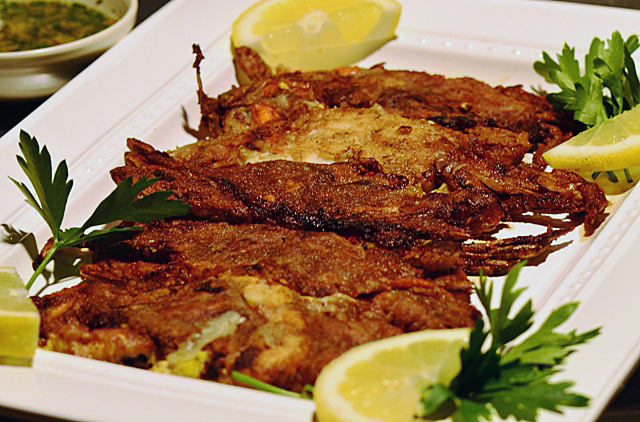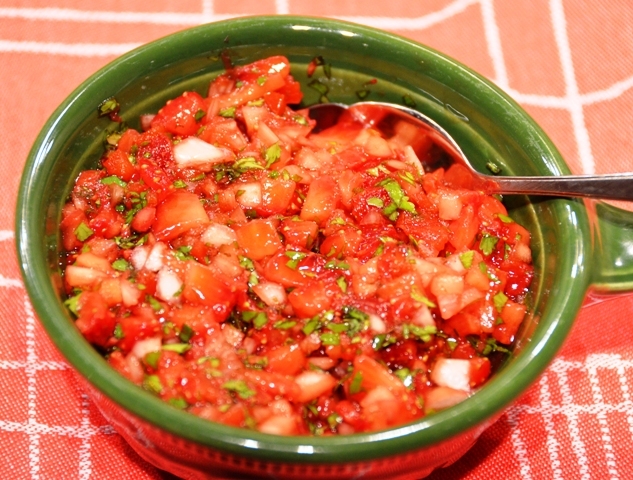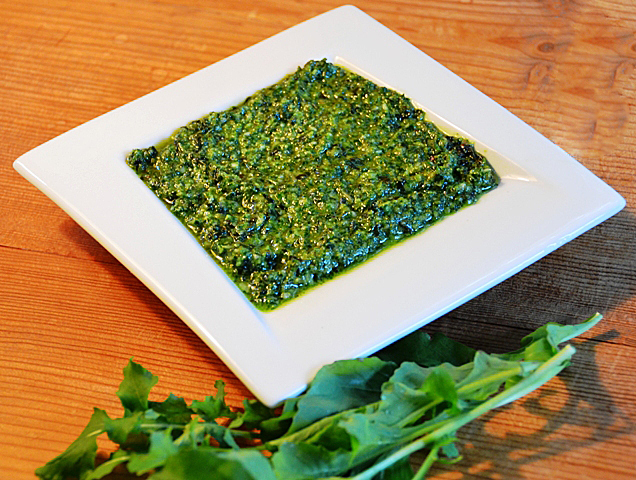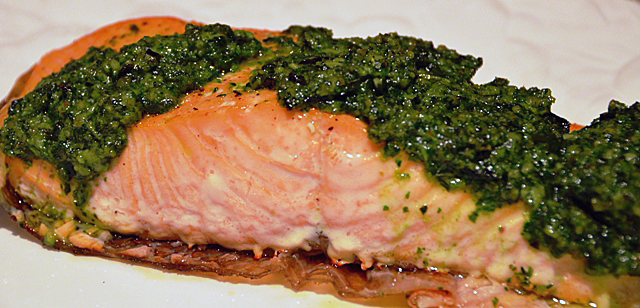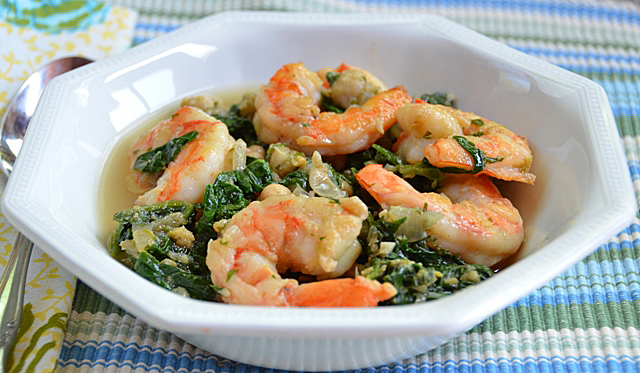Stuffed peppers take me back to my early gardening and cooking days. Photographs in the seed catalogs of the early eighties would often feature a photo of a large casserole dish filled with bright green peppers stuffed to the brim with a mixture of ground beef, white rice and tomato sauce or tomato soup topped with copious amounts of cheddar cheese. An easy inexpensive way to use up the end of the season bounty.
But wait, those green peppers although fully developed, were stopped on their way to full maturity. Allowed to continue ripening on the vine, peppers will turn red, yellow, orange, purple and occasionally white. Bell peppers, named so for their bell-like shape are a member of the nightshade family along with potatoes, eggplants and tomatoes. Red,yellow and orange peppers have three times as much vitamin C as citrus fruit. It’s that next step after peppers turn green that becomes risky. Peppers that continue to ripen on the vine don’t just change color but they become sweeter, not just for us, but also for the pests that attack them. One of the reasons red, yellow and orange peppers cost so much more than green ones.
Full disclosure, I never did care much for those stuffed green peppers. My recipe for stuffed peppers has evolved over the years. An abundance of beautiful yellow peppers, the Admiral variety to be exact, inspired this recipe. We are half way through a South Beach phase one eating plan so the recipe was adapted to reflect this. I would normally add a healthy grain like whole wheat couscous or barley, but since grains aren’t part of South Beach diet phase one, I adjusted the recipe accordingly. Chopped chard and chickpeas were added to low fat ground turkey with my homemade tomato sauce to make a substantial and delicious filling. I like to keep my peppers whole but they could be split down the middle and stuffed if your peppers are an irregular shape. Black beans could take the place of the garbanzos, and frozen chopped spinach, cooked and drained, could take the place of the chard. Leftovers? Joe said the peppers were even better the next day.
Stuffed Yellow Peppers
Ingredients
- 6 medium yellow peppers (any color is fine) tops cut off and reserved, seeds and ribs removed
- 2-3T olive oil
- 1/2 c chopped onion
- 1-2t chopped garlic
- 1lb lean ground turkey
- 2c tomato sauce (I use my homemade sauce
- 1 15.5 oz can of garbanzo beans, rinsed and drained
- 3/4lb chard leaves, stems removed, reserved for another use
- 1/4c chopped parsley
- Kosher salt and freshly ground pepper to taste
- 1/2c low fat mozzarella or Italian blend cheese
Directions
- Preheat oven to 375F.
- Finely chop the flesh from the reserved tops of the peppers to measure about 1/2 cup.
- In a skillet, heat the olive oil. Add the onion and peppers and cook over medium heat until softened, about 4 minutes. Add garlic and cook one minute more.
- Add ground turkey and cook, breaking up with the back of a spoon, until lightly browned. Add tomato sauce and cook until slightly thickened, about 4 minutes. Remove pan from heat.
- Cook chard leaves in light salted boiling water for three minutes. Drain chard in a colander and let cool, then squeeze dry and chop coarsely. Chopped chard should measure about one cup.
- Stir chopped chard and garbanzos into the meat mixture. Taste mixture to adjust flavors. Add chopped parsley, and salt and pepper to taste.
- Stand peppers up in a baking dish just large enough to hold them. If your peppers won’t stand up on their own cut a thin slice from the bottom to help them stand.
- Add 1/2c water to the baking dish. Cover with foil, and bake until peppers are tender, 35-40 minutes.
- Remove foil and sprinkle cheese over peppers. Return peppers to the oven and bake uncovered until cheese has melted and peppers are tender, 10-15 minutes more.

Peppers are stuffed and ready to go!
